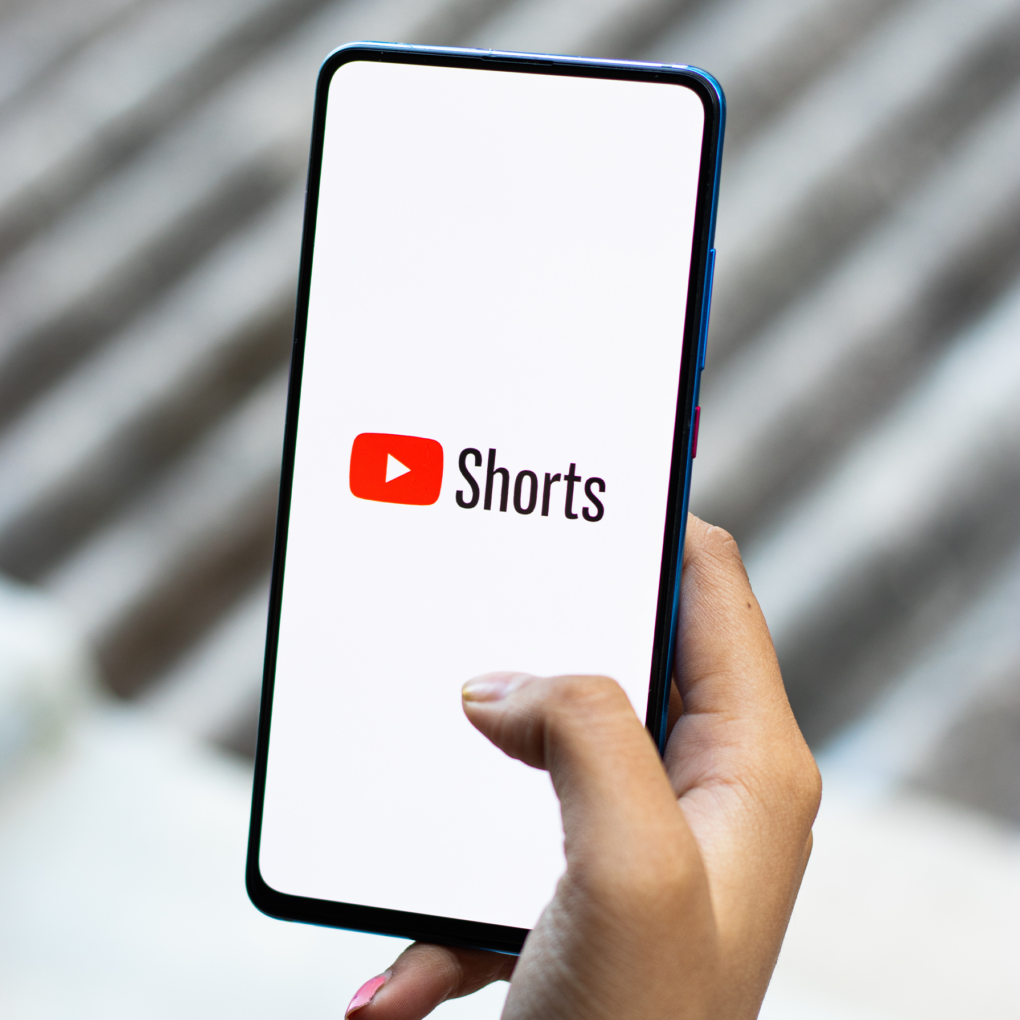We all know it’s important. We know that no matter how eye-catching, or unique our images are, we still need to incorporate text throughout our site. This text, or copy needs to sell our products effectively. It needs to embody our brand’s values, but also it needs to contribute to our conversions. Your on-site copy can be the difference between little or no sales and a steady rate of conversions. Let’s take a look at how we can create our on-site copy, in a way that enables us to keep users engaged, so that they stay on our sites and eventually move towards the all-important checkout page, and bring in some revenue.
Creating a casual tone is key.
Make it simple, be direct and let your personality shine through. Oh, if it were only that easy. People, writers and site owners themselves can use an authentic voice naturally and fluently in a variety of different ways, which their customers love, but the minute you ask them to do it on command, they clam up and get a serious attack of the jitters. It is arguably a hangover from University days of essay-writing that influences our approach to writing content to this day, but what is evident from research, is that no-one likes to read a landing page that sounds like an essay.
Copy-writers, are often tempted to write in long-winded, flowery language, due to the misguided belief that this will make them sound more intelligent. In fact the reverse is true.
In an article published in Applied Cognitive Psychology, researchers found a “negative relationship between complexity and judged intelligence.” The researchers discovered that readers judged writers who used extensive vocabulary, to be less intelligent. There are a few techniques here and there, to make your writing more digestible. Remember that it is O.K to make the occasional spelling mistake or grammatical error here or there. It’s okay to use contractions and short sentences. Indeed, long sentences with lots of extra phrases are hard to digest. The most readable sentences have 10-15 words. Talk to the reader. Refer to them as “you.” Use slang and colloquialisms where necessary, to make your tone that bit more friendly and informal. This will allow your customers stay on your product page longer and garner the information that they need to make that all important purchase.
Use plenty of white space
Users dislike overly complicated language, they hate messy hard to digest content. They like their eCommerce sites to convey a sense of calm. The use of white space can create a real sense of ease. Text becomes easier to look at and take on board when it’s offset by white space. White space makes a landing page seem less busy, less convoluted and less overwhelming. There’s no magic ratio of white space to content, but keep in mind it is often a case of the more white space the better. The user needs to be driven straight to the copy and white space allows for exactly this to happen.
High-converting copy uses killer headlines.
Think about the last website you visited. Did you read each landing page in its entirety? Did you go through all the information with a fine tooth comb? No, of course not. As human beings we use the internet daily, to glean as much information we can on any one particular topic, with minimum amounts of effort. We have become adept at scanning for the facts we need, and then leaving sites as quickly as we find them. A users attention is of the essence, you don’t have long in front of it. A technique we as users have for getting the information we need straight off the bat, is drawing our attentions mainly to the headlines and sub-headlines on pages. Headlines are important, they allow us to get to the heart of the matter.
So, why not break up your content with a bunch of headlines? As long as you space them out, size them appropriately, and back them up with great content, you can use as many headlines as you want.
A headline, especially one that is short and succinct, has mind-bending powers. You notice it. You comprehend it. The improved usability encourages users to stay on sites longer and move through them towards the checkout.
These are just some of the ways that on-site copy can be tweaked to make it more popular with consumers. As we have seen with all of these examples of good use of on-site copy, the entire ethos behind the techniques, is getting users will stay longer on your page, becoming more engrossed with the site at large. You want users to stay on your pages long enough to move through the various buying stages, towards completing a transaction. If your onsite-copy is in ship-shape it will allow users to get the information that they need to proceed towards checkouts without getting bored and dropping off. If your functionality is conducive to a user-friendly experience, then this in conjunction with good onsite-copy will enable you to create a robust and dynamic site, capable of selling your products.








